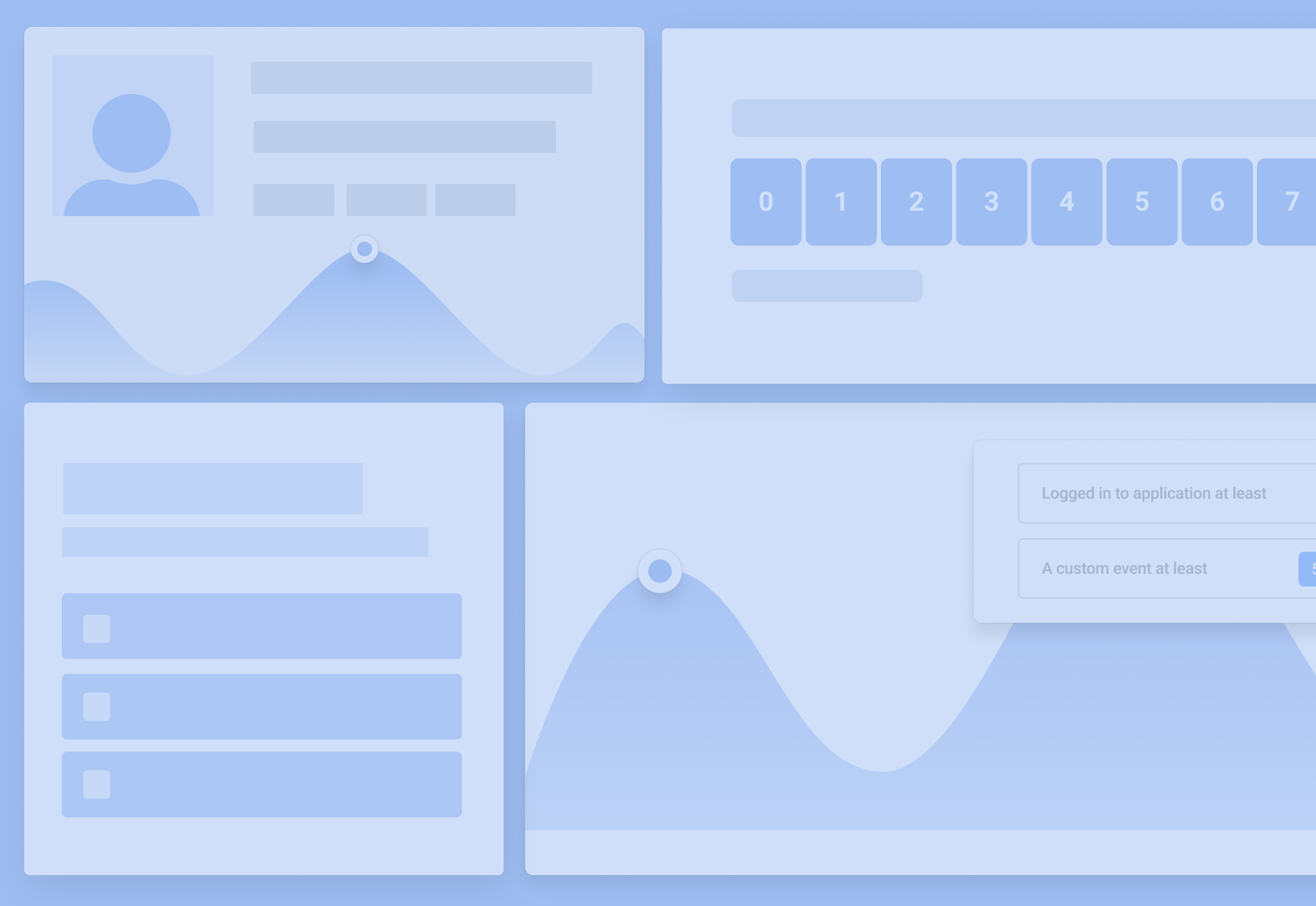How 9 + 1 SaaS Brands Use Lead Qualification to Identify 10x Customers (2020 Update)
If you are working in SaaS sales or marketing, you know that lead scoring and lead qualification are important topics. And a lot was written about it already.
Reading through all the content out there, it’s easy to get the impression that doing lead qualification the right way is complicated and requires using fancy machine learning algorithms.
However, my gut feeling told me that the theory behind lead qualification and reality are – as so often in sales and marketing – two different pair of shoes.
So I was wondering:
What are some of the best SaaS leaders REALLY doing to qualify their inbound leads?
I reached out to some of the leading SaaS brands, inquiring about how they do it. I asked companies like Close, CoSchedule, Mailshake, Wisepops or AgencyAnalytics about what metrics or other factors they use to single out their potential high-value accounts.
Usually these are leads who match your ideal client profile, have used the product successfully and in turn, indicate the likelihood of becoming paying customers.
TL;DR; Keep it simple!
Surprisingly – or not? – the majority of them told us that their lead qualification process was actually quite simple.
According to the answers we received, looking at a handful of customer trait (e.g. size of company, size of a specific team, estimated website traffic, etc.) seems to be sufficient to separate the good from the bad leads.
I think this is interesting as it goes against the trend of using AI and machine learning for all kind of problems in sales & marketing.
It is also in line with a pattern we see at Refiner quite often: Data quality beats data quantity – every single time!
In most cases, a mix of demographic and product usage is used for lead qualification. Monitoring PQL Metrics seems to be common practise for SaaS companies with a free trial or free plan. Missing demographic data can be easily obtained with embeddable customer surveys.
Here’s what they’ve told us, specifically.
9 Amazing SaaS Leaders Share How They Qualify Leads
We’ve recently added qualified trials (instead of all trials) as our main KPI for measuring marketing success.
We ask a qualifying question when people sign up for an account: “How many clients do you currently have?“
That tells us how large an account has the potential to be for us. If they’re > 0 that means they may be a good fit immediately. If they’re > 50 they’re a potential enterprise customer who is treated as a 10x customer.
In short, “number of clients” is the property we track and follow up with accordingly.
After working with many different companies on this subject, there isn’t a one size fits all answer to this question. For some companies, the number of employees is very important, while for others, small companies are a much better fit.
Every company is different and the Ideal Customer Profile (ICP) needs to be highly customized to fit their strategy. The best way to go about this is to look at past sales data inside your CRM and to look at the factors that have the most significative impact on your conversion rate.
You can then start thinking about scoring leads but the first step is to really analyze what’s inside your CRM so that you can truly nail your ICP.
To identify our 10X customers, we focus on two simple metrics: traffic estimates (via SimilarWeb) & headcount (via Linkedin).
We also add a subjective dimension to the equation: our contact in the target company. Not all big companies that receive a lot of traffic are good leads for us. A lot of them will be slow to move, will take a lot of our time, will have a hard using the solution, etc. If we feel that our contact is energetic and moves fast, then we know it’s probably going to work out.
This might be the unsexiest answer you get when asking startups this question—but our main strategy for identifying 10x customers is to stay in touch with our customers and keep the lines of communication open.
We have an amazing Success and Support team, and these people make sure to understand what our customers need to succeed. It’s probably a much bigger investment for us than it would be to set up a product usage based scoring system, or simply tracking revenue expansion, especially at the scale at which we’re operating—but we’ve been able to identify and seize opportunities that we would have missed with a purely metric-driven approach. And ultimately, we’re an obsessively customer-focused company. We believe that even from the standpoint of our own selfish business interests, the benefits of continuously talking with and listening to our customers are well worth the investment.
For us in the SaaS industry it’s crucial to identify customers to focus on. That means knowing and aligning your internal processes across the teams and working together, especially when it comes to Marketing, Sales and Support.
A CRM is the data basis for that, but we also enrich that data with Marketing and Sales information like a lot of campaign parameters or content the lead interacted with. When a user identifies as marketing qualified by several indicators, then our sales team is doing a qualification call to get the personal contact and detailed information about the company.
I wouldn’t say there is a metric that we focus on when identifying a 10X growth opportunity inside of an account. What I will say is identifying one comes down to one word: “questions.” The more you can learn about an account, their current challenges and their goals, the easier it becomes to identify and then execute on a large growth opportunity.
Our pricing model is directly connected with website volume. So, for us the key metric is sessions per month. The bigger the website, the more likely it is to convert into an ‘enterprise’ subscription.
The metric we look most closely at is the size of the sales team. If leads have at least one full time salesperson, we can be pretty sure that they are committing to making sales work for their business. A lot of founders and entrepreneurs may give sales a shot to see if it can work, but these tend to be small customers who churn at a high rate. If a company has a full-time salesperson, it is likely that email will be a part of their process, and if the product works for their process, they are less likely to churn because they’re giving up on sales as a channel.
We use a lead scoring method based on user responses in our opt-in forms. The scoring system ranks prospects based on the plan they’ve selected and the size of their budget. We try to gather information about the age of the business as well. Companies that are already established, interested in a custom plan, with a large budget, will receive a higher score.
Sometimes new leads don’t always provide us with that information initially. But it’s still worth reaching out to those prospects. In these instances, we use their average response time as a metric for identifying the customer’s potential. Leads that take a week to reply aren’t scored as high as the ones who are eager to respond within hours.
Time for an update!
The other day we spoke with Nicholas Phair from from telbee. He had some great insights about how they qualify their leads as an early stage startup.
As an early stage startup, we focus our efforts on getting to know each of our new potential clients on a more personal basis, as we are constantly in the process of learning more about who our ideal customer or buyer persona really is. Learning more about each new lead’s challenges, goals and business helps inform our buyer personas for the brand, and helps us market to new leads more effectively.



















